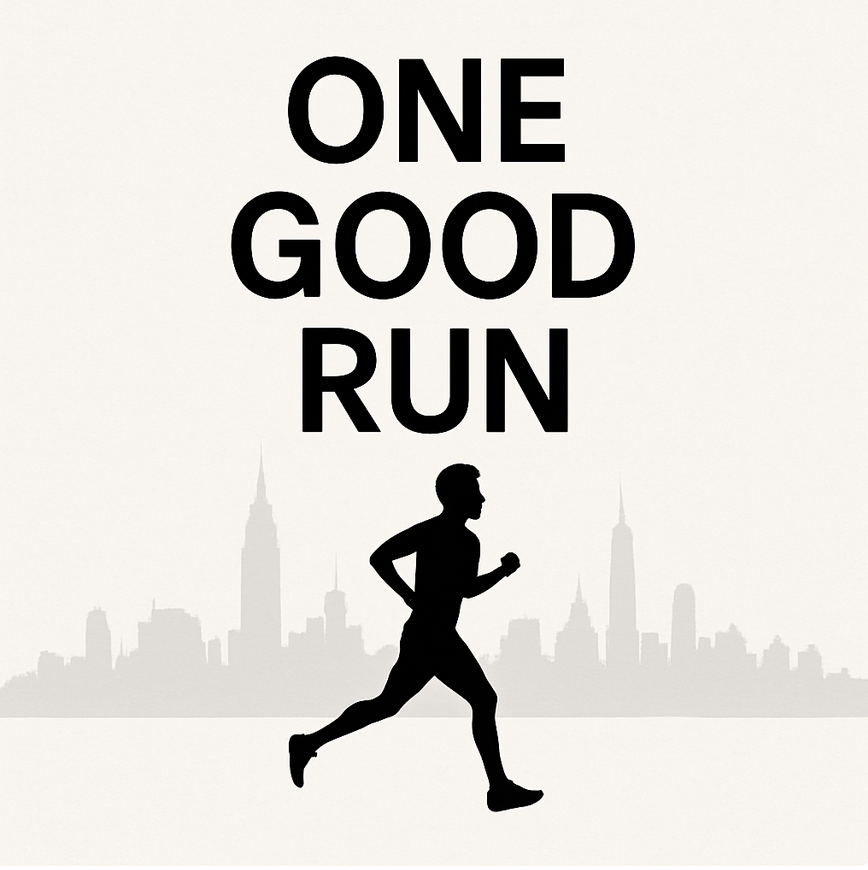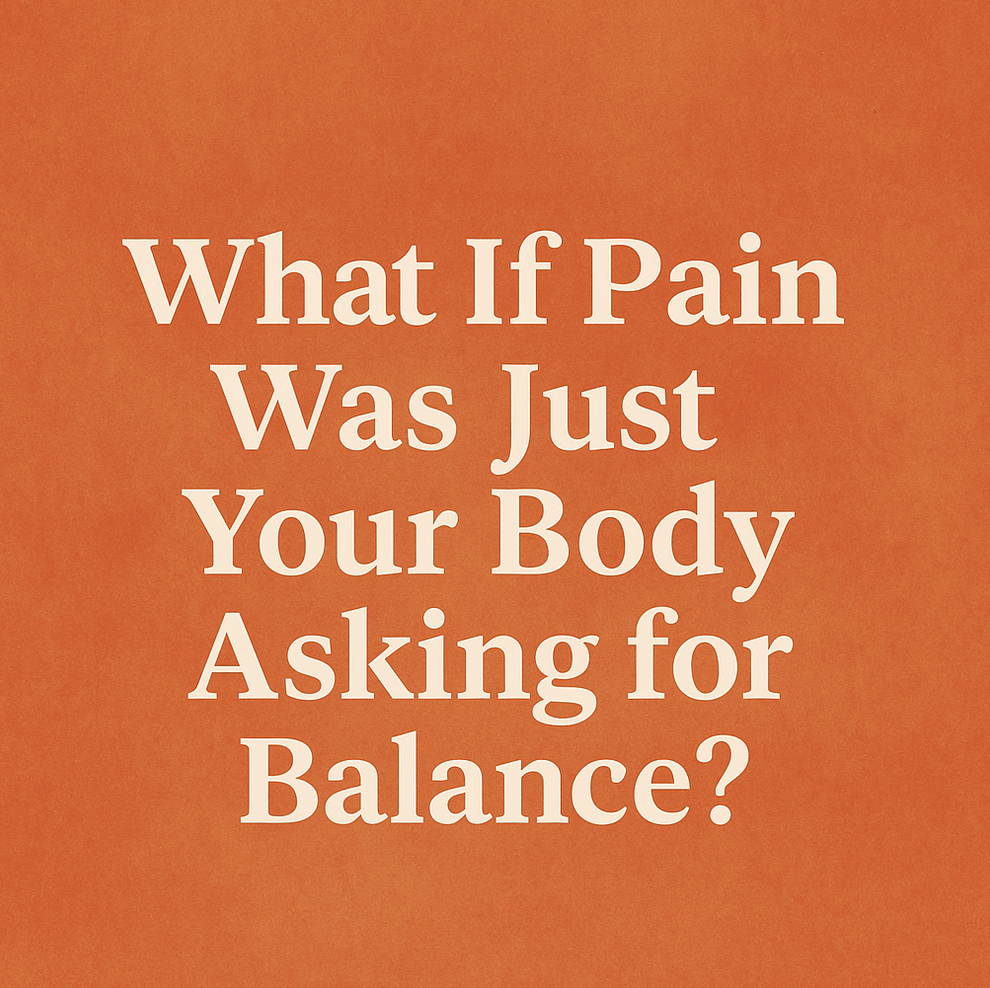The latest neuroscience is providing some interesting research regarding the link between spending time in nature and keeping stress levels under control. National Geographic published this article which gave a brilliant summary. Even though the benefits of being in nature are intuitive, it's nice to see the research on how it all works.
After living in New York City for coupe of years, Fiona and I REALLY appreciated the easy access to nature when we returned to Adelaide.
Let me know your favourite walks around Adelaide in the comments.
1. Waterfall Gully - Mt Lofty
This 8km return loop is Adelaide's most popular hike. About 10km from the CBD, it provides a great challenge and test of your fitness. There's no hiding from the steep sections at the start and towards the end.
Go early in the morning to get a car-park. Hopefully by the time you get down the bottom, Utopia cafe will be open and you can re-charge with a devonshire tea. And don't forget to foam roll afterwards :-)
To add an extra 4km to this hike, come back down along the Winter Track via Cleland. It's much quieter and you'll spot tons of wildlife - kangaroos, koalas and black cockatoos to name a few. The track comes back out at Waterfall Gully Road.
2. Marino to Hallet Cove
This walk tests your knees with lots of steps and gully crossings. But the views out to the Gulf of St Vincent are superb. The rock formations are ancient and inspiring. There are some detours where you can walk right down onto the rocks by the ocean. Normally you can spot a few seals playing off the coasts. Nice to make an afternoon out of it and take your time exploring.
You can walk the whole distance to Hallet Cove (14km return) or turn back anytime. Another option is walking one way and then catching the train home.
3. Morialta
Lot's of waking options here to suit all levels. You can take a short stroll up to the main waterfall. Or climb up to the second falls. A loop winds back along the top of the valley and looks back over the waterfall. Normally a good place to spot koalas.
Note: there are no water taps en route, so be sure to pack a drink.
4. Moana to Southport
This is a nice coastal walk where you check out the surfers at Seaford along the way. About 8km return. You could finish your walk at the Deep Blue Cafe.
5. Somerton beach to Glenelg
This 3.5km return loop is nice way to start the day and get the legs moving. You will often see dolphins and seals splashing around along the way. The Broadway Kiosk provides a good place for a coffee or brunch on a Sunday morning.
Also some of the best views at sunset!
If you would like join us for a hike, sign up here
Please leave your comments and suggestions at the bottom and let us know about your favourite walks in Adelaide!

























